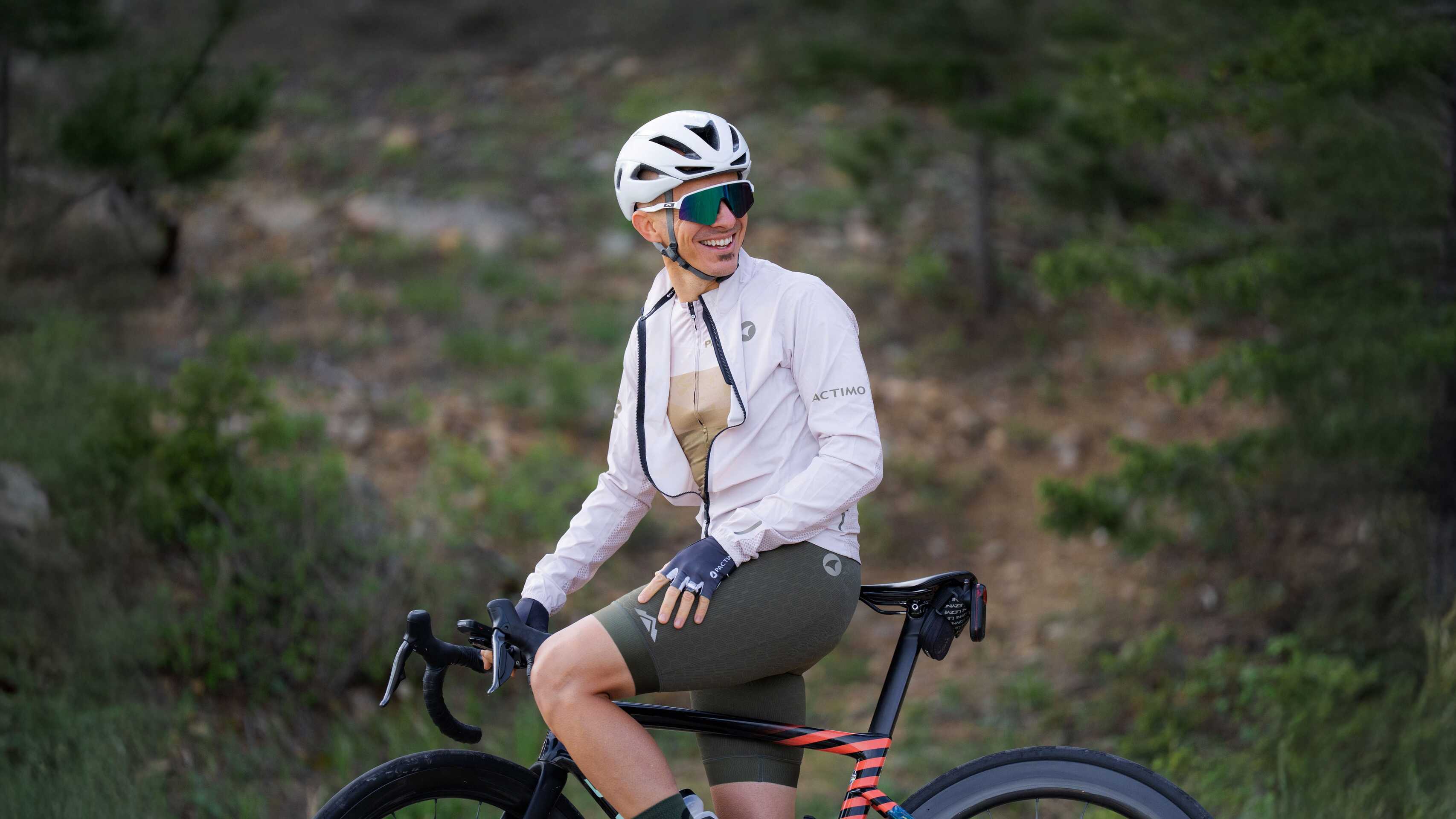Cycling's fastest-growing adventure discipline is a great way to explore Colorado's incredible beauty.
Gravel riding, for those who may not be up on the latest trends, is all the rage in the world of cycling. It's the friendly pairing of road and mountain biking where enthusiasts abandon pavement for unpaved roads where vehicle traffic is rare, if not altogether absent. With thousands of miles abandoned mining access roads, Colorado is just about the perfect place to delve into the discipline.
One of the greatest advantages of living in a state like Colorado is the accessibility to traffic-free gravel roads. Even from Denver, one might only need to drive as much as 30-minutes. However, since most cyclists like to plan every detail of their ride, they'll be happy to know there's a resource like coloradogravelroads.com, which catalogs a nearly exhaustive list of off-road routes and adventures.

Gravel riding, which can include anything that is off pavement, can include country or fire roads, mixed terrain, singletrack or a combined variety of some or all. For some, the moniker groad, or groady for the rider, has become the identification since enthusiasts are typically drop-bar cyclists who don't discriminate between pavement and dirt.
"A couple things have really driven the interest in gravel," says Ryan White, Pactimo Senior Product Designer and gravel rider. "The interest in road riding and racing has decreased over the last few years, in part because of the safety factor. More and more, people don't want to be caught in the mix with traffic. There's just too many distracted drivers and the speeds are, well, rather terrifying. When you get out on a fire road somewhere, you can literally go for miles before encountering a single car. And even when you do, they're going much slower and are more focused on their driving because of the rolling terrain or twisty roads. There's also the lasting effects of the doping scandals that have plagued cycling. It's sort of sapped people's interest in the racing scene and road riding in general."



White's perspective reflects the grassroots heritage that has fueled the passion for the the gravel scene. Even veteran riders and racers racers have found it to be an refreshing alternative to the high-tech, hyper-competitive nature of road riding. Even the most popular gravel races, or gravel grinders as they have become known, like the Dirty Kanza or Colorado's STB GRVL, started out as more inclusive small-scale events. And even with their exploding popularity, they’ve done everything they can to maintain a low-key attitude.

“Steamboat (SBT GRVL), as an example, has done a fantastic job at creating both a competitive and noncompetitive experience for riders of all levels,” says Tony Kelsey, Pactimo VP of Marketing. “The days of being treated like a third-class citizen just because you're getting started in racing are fading away with these events. Gravel has united the world of cycling. It's fun to be on a bike and we're all enjoying that together in the dirt."
________________________
Photos by Adam Pawlikiewicz



















